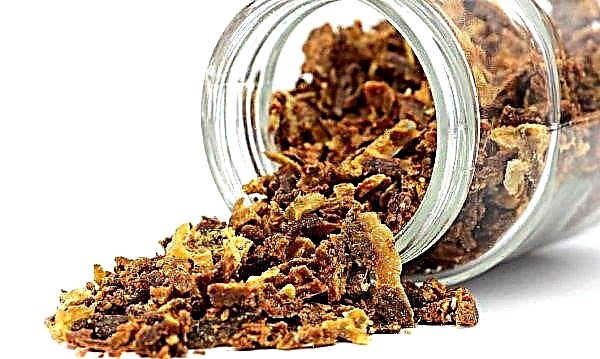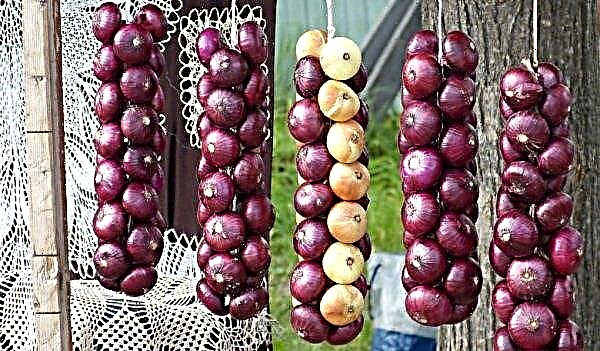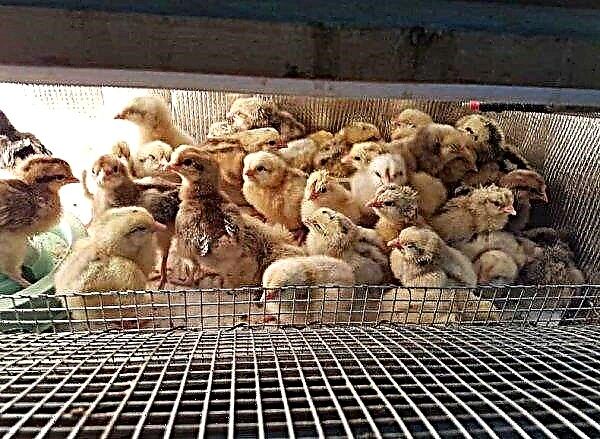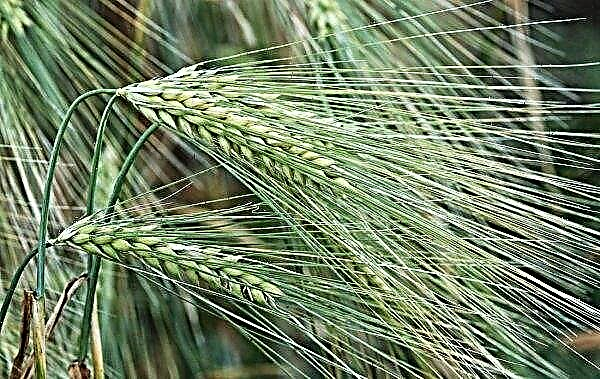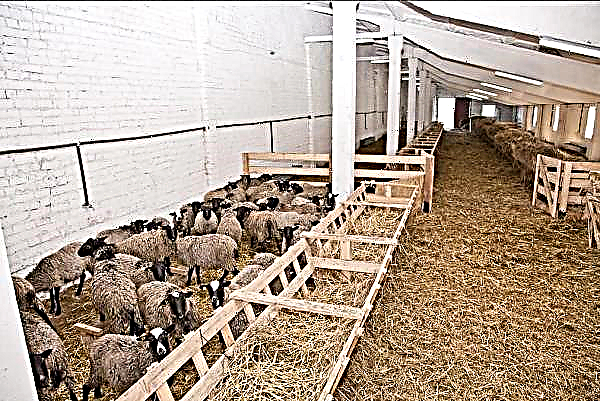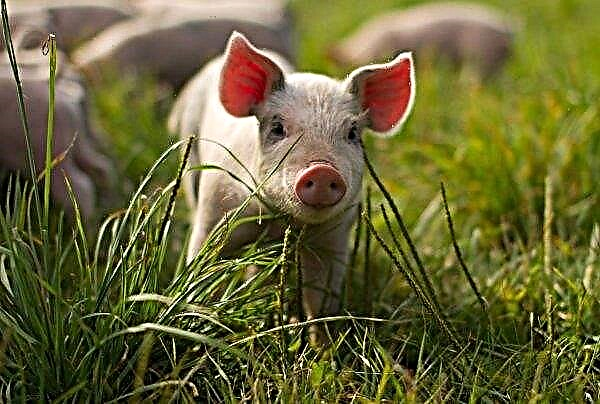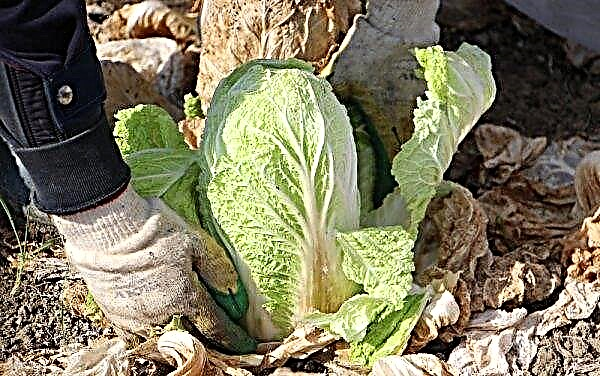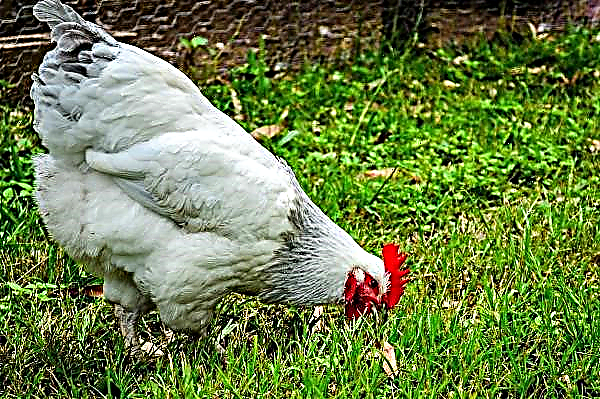Guinea fowl became especially popular among breeders. These are beautiful birds, unpretentious in care and not inferior in productivity to chicken (and in some matters, even successful). One of the primary points that the breeder should study during breeding is the question of when and how guinea fowls are racing. The article will help you figure it out.
At what age do guinea fowls start racing
At what age the guinea fowl eggs will begin to lay depends on the living conditions. The wild individual enters the egg production phase by 8 months; home, on a balanced diet, enters the phase of productivity in 6 months.
Important! With the onset of puberty in the fall or winter, full egg laying begins only in the spring.
When rushing after winter
In winter, females do not produce egg products. This bird was brought to us from Africa and does not like the cold. At the end of winter, in early March, it resumes its performance. Oviposition ends in October-November (depending on the region of cultivation). In the northern regions, the productivity of pheasant hens is much less, and they leave for the phase of winter dormancy earlier, already in September.

How many years are rushing
How long the chicken pheasant eggs will give depends on the conditions of detention. Usually, the reproductive functions of the bird are preserved throughout life, but at the age of three, the productivity indicator is already greatly underestimated. As the birds age, the number of eggs in the clutch decreases, but their size increases. For incubation, biomaterial of already adults with a weight of 40 g or more is suitable.
How often are guinea fowls
Every day a guinea fowl will be carried or not, depends on the reproductive phase. If a guinea fowl sits on eggs, it is physically unable to rush. The rest of the season, the bird gives products at intervals: 2 eggs - with a break of 16 hours, then a break of 48 hours.

How many eggs per year
The average annual egg production rate in adult guinea fowl is 120 units, but provided that the bird eats normally, it has the ability to perform a exercise. The type of masonry is growing. The egg period is 9 months. At the beginning of the cycle, they give 2-6 eggs, in the middle of the phase the indicator begins to grow. The most active time of oviposition falls on May-June.
How to increase egg production
The main issue of interest to breeders in raising guinea fowl is to increase bird productivity.
The number of eggs laid is influenced by several factors:
- diet
- temperature and humidity;
- daylight hours;
- what time did the bird begin to rush.

Since the beginning of spring, daylight hours have been increased artificially. The diet of the king of the bird is similar to chicken. Compound feed for broilers has all the nutritional components necessary for development.
Additionally, the diet is enriched with vitamin-mineral complexes, as well as:
- greens;
- fruits and vegetables;
- cottage cheese;
- cereals;
- bean.

Free grazing over a wide area significantly increases the number of eggs.
Did you know? Guinea fowl – The best assistant in the fight against the Colorado potato beetle. Some breeders specially release the herd into the garden to eat, and at the same time save the crop.
Do they rush without a male
Guinea fowl, even in the absence of a male in the herd, will begin to lay eggs at the beginning of the cycle. Unfertilized egg products are of particular interest to gourmets and nutritionists.
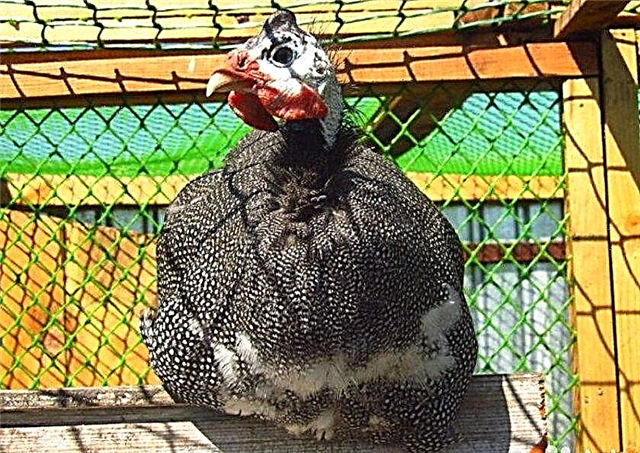
Why not rush
The main reasons why pets do not rush are:
- cooling;
- stress;
- lack of protein in feed;
- age characteristics - too young individuals do not give egg products, and individuals older than 3 years are no longer able to give out such an amount of production;
- large avarice of poultry in one territory;
- lack of opportunity to walk in the fresh air - exercise should be performed even in winter.
Birds are quite beneficial in breeding. The meat yield from the carcass of a guinea fowl is 10 times higher than that for chicken. Egg products are distinguished by high palatability.

